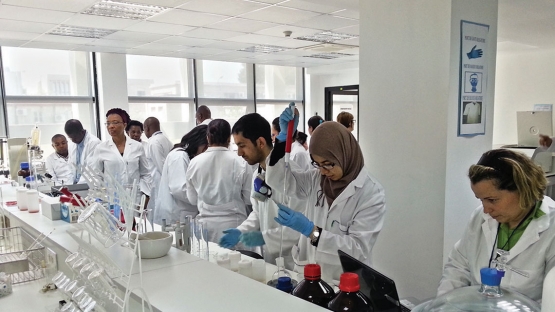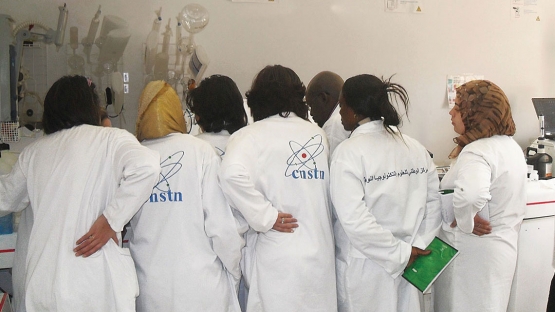What began in 2006 as a network of 49 food safety laboratories in Latin America and the Caribbean has now expanded to include representatives from 19 countries in the region with many more expected in the future. The initial network was made up of analytical laboratories and supported by the Joint FAO/IAEA Division. It focused on addressing contamination problems and determining ways to improve environmental and food safety that had regional applicability as well as health, trade and economic benefits. Now known as Red Analitica de Latino America y el Caribe (RALACA), the network has established a host of regional monitoring mechanisms, working through committees that invite others to join in their work. The Joint Division has identified regional networks as a way to leverage the impact of food safety laboratories. The Division has helped to establish the framework for bringing regional laboratories together to share know-how and resources, and to move forward together in advancing their capacities for monitoring, evaluating and solving food safety problems in their countries or regions.
As food production and trade have become more globalized, governments face the growing challenge of safeguarding food safety while ensuring there are no barriers to the abundant supply of quality food. Food safety efforts are increasingly pressured by a complicated international production-supply chain. Global food trade has more than tripled since 1990 with exports exceeding US $1 trillion a year. The market is competitive, drawing on developing and developed economies alike, but trade represents an increasingly large percentage of the GDP of many developing countries.
Multiple players – including producers, marketers, traders, food processors, manufacturers and distributors to retail and restaurant outlets spanning many different countries – are involved in the intricate food chain. This means that, in parallel, food controls (that are at different levels of development) have to transcend international boundaries, and actors must meet the international standards that underpin global trade. The controls are guided by a system of accreditation that laboratories should meet in order to safeguard consumers from the risk of exposure to chemical and natural contaminants associated with agricultural production and produce.




